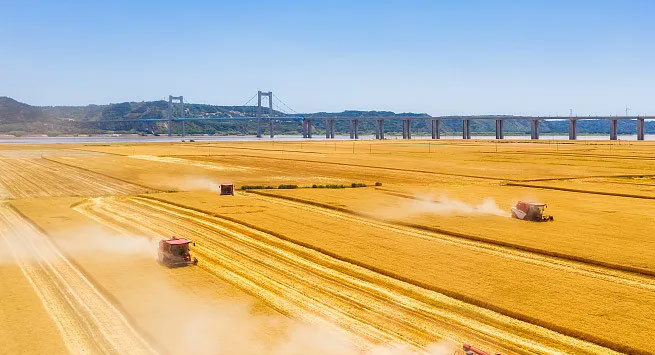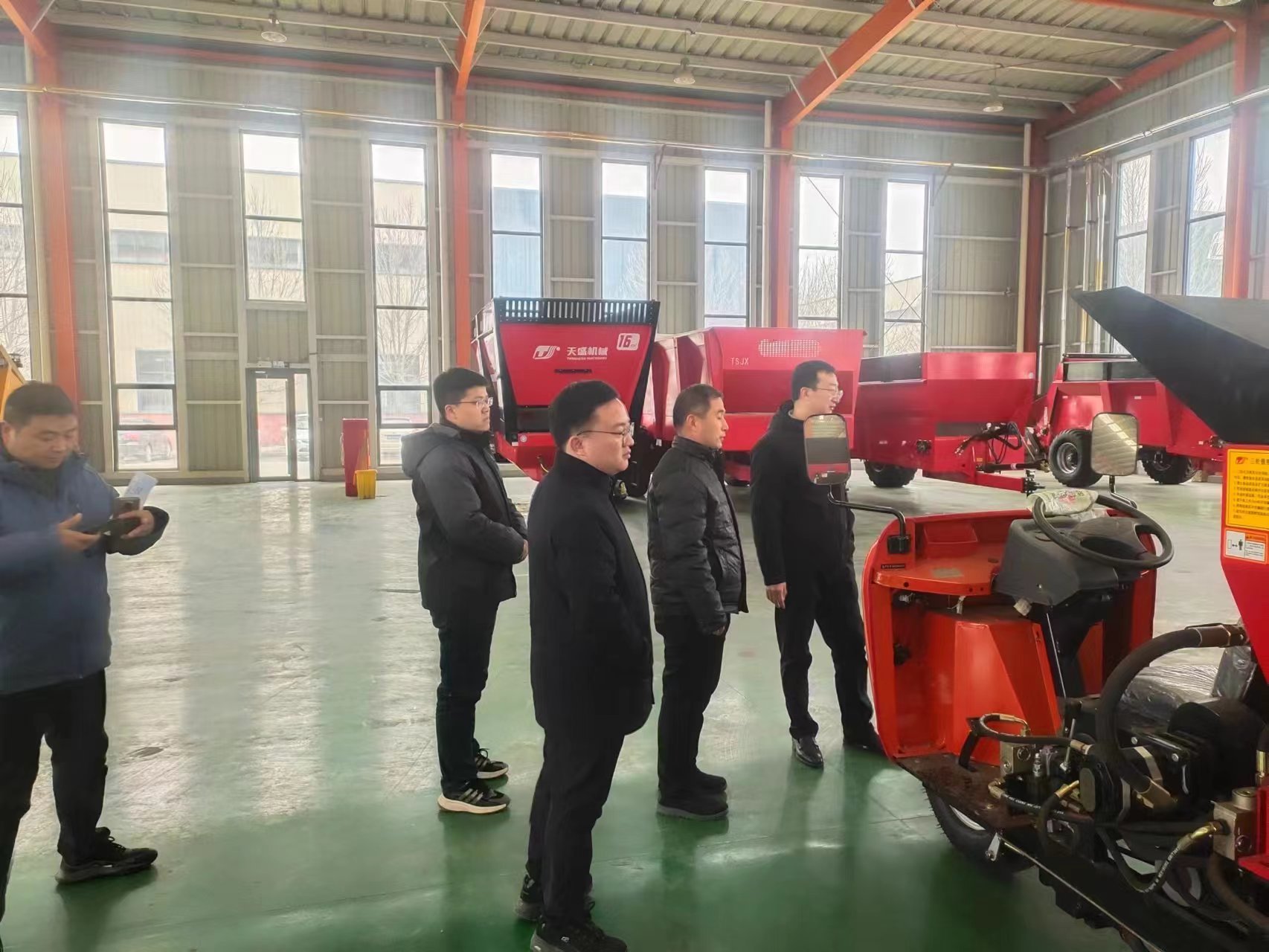Agriculture is moving towards full intelligence, with widespread application of BeiDou navigation, unmanned farm machinery, etc.!
Release time:
2024-04-09
Electronic Enthusiast website reported (by Li Wanwan) In recent years, all walks of life have been accelerating the intelligent upgrade, from security, transportation, manufacturing, energy to agriculture and other fields. Now is the spring ploughing season, agricultural planting in various places shows a high degree of intelligence, such as Beidou navigation, unmanned agricultural machinery, scientific and technological rice seedling raising, intelligent irrigation, etc.
Traditional agriculture is moving towards comprehensive intelligence
Application of Beidou Navigation and Unmanned Agricultural Machinery in Agriculture
In closing
More news



